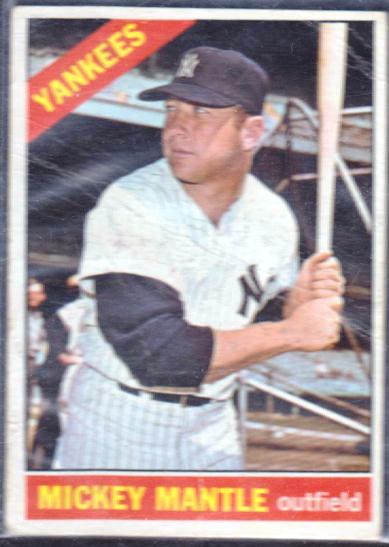Continuing with my posts on Things You Should Know about the prewar hobby, I'd like to talk about two cards from 1933 sets. One of which was actually not even printed in 1933.
I'm talking about the 1933 Goudey (R319) Napoleon Lajoie and the 1933 George C. Miller (R300) Ivy Miller cards. Both of these cards are rare and the stories behind them are what you should know. Let's begin with the Lajoie.

In 1933 Goudey created one of the best sets of the era. The set has four Babe Ruths and two Lou Gehrigs in it. Plus many other greats of the time. But any kid trying to complete the set back in 1933 had one huge problem on their hands. Card number 106 seemed impossible to find. And, in fact, it was impossible to find. Goudey didn't make a card 106, so everyone had a hole in their set and would keep buying packs over and over again in vain trying to finish off their sets.
Some collectors were so upset that they mailed off letters to the Goudey offices in Boston requesting the missing card. Well, Goudey must have gotten enough letters because when they produced the 1934 set, they included a card number 106 of Napoleon Lajoie and sent them to those people who asked for it. Due to this method of distribution, the card is extremely rare today and is obviously the key card of the 1933 set. Notice that the card has the same baseball scene in the background as is seen in the 1934 Goudey set.

The second card I want to discuss is the 1933 George C. Miller Ivy Andrews. Unlike the Lajoie of the 1933 Goudey set, this card was actually available in packs. It was advertised that a collector could send in a complete set of these cards in exchange for either and baseball, a glove or a ticket to a major league game. They collector would get his cards back with a cancellation in the form or either diamond holes punched in them or the bottom of the card trimmed off. This way, they could not be used a second time for redemption.

The company wanted to limit the number of prizes is was going to have to give out, so they severly shortprinted the Ivy Andrews card. By doing so, they could sell a lot of cards without having to give away that many prizes. It is because of this that so few Ivy Andrew cards exist today and when you do see one, it will likely be cancelled with the bottom of the card trimmed off.
These are two more cards you need to know if you're in the prewar baseball card hobby.
I hope you enjoy my blog and if you have any ideas for topics you want to see, please let me know.
Enjoy the hobby all...it's a wonderful one.
 I took quite a break from the hobby in the last year and a half or so and I've been getting back into it more and more the last few months. Hence the posts starting on my blog again. Anyway, one of the things that I have gotten into recently is the idea of trading again. I found some nice trading groups online and am hoping to make some new hobby pals and start trading to build some sets.
I took quite a break from the hobby in the last year and a half or so and I've been getting back into it more and more the last few months. Hence the posts starting on my blog again. Anyway, one of the things that I have gotten into recently is the idea of trading again. I found some nice trading groups online and am hoping to make some new hobby pals and start trading to build some sets. I've decided to focus on sets I already had some cards for and that led to the following:
I've decided to focus on sets I already had some cards for and that led to the following:




